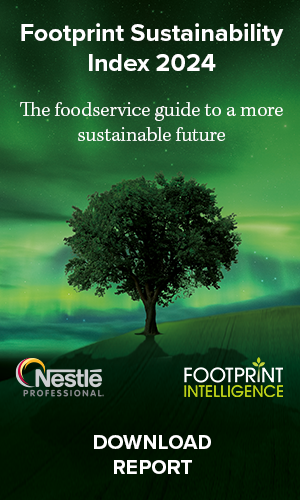Having missed one sugar-reduction target the food industry may face tougher government action given the reported success of the soft drinks levy, writes Nick Hughes.
Businesses hoping that the latest government update on sugar reduction efforts would reinforce the case for voluntary over mandatory measures were left reeling this month when Public Health England (PHE) reported on the impact of the soft drinks levy at the same time as the reduction of sugar in food – a decision that has exposed the chasm in progress between the two policies and strengthened the cause of campaigners calling for the government to take a tougher stance.
On the one hand, progress towards meeting a voluntary sugar reduction target of 20% by 2020 across food categories that contribute most to the sugar intake of children continues to be painfully slow. Two years into the programme there has been a 2.9% overall sugar reduction in retailer and manufacturer products and a 4.9% reduction across the out-of-home sector.
Set against the impact of the mandatory soft drinks levy, which has already driven a 28.8% reduction in total sugar per 100ml in take-home products and a 27.2% fall in average total sugar content for drinks consumed outside of the home as consumers shift towards zero- and lower-sugar products, the case for voluntary action on food hangs by a thread.
PHE cautions against making direct comparisons between the two, noting that reducing sugar in soft drinks is more straightforward than for certain foods where sugar provides functionality beyond simple taste.
But regardless, the fact that two years into the reformulation programme the food industry has collectively failed even to reach the first-year reduction target of 5% has once again exposed voluntary measures to criticism. Campaigners say that if businesses continue to fail to meet their targets the government should waste no further time in pulling regulatory levers such as a levy.
On the face of it, the progress made by foodservice businesses versus retailers should provide a fillip for a sector that has become accustomed to being cast as a villain of the reformulation piece. But once again caution is advised: problems with the quality of out-of-home data persist, meaning PHE was only able to assess average sugar levels across the relevant categories, rather than a sales-weighted average as used for the retail sector, where low- and high-selling products are given equal weight.
Data also suggests the out-of-home sector is failing to ensure that sugar reduction is not having the unintended consequence of increasing calorie content. Average calorie content of single-serve products has increased by 1.8% since 2017, driven by double-digit rises in chocolate confectionery, yoghurts and fromage frais, and breakfast cereals.
Arguably most astonishing of all is the fact that, two years into a comprehensive sugar reduction programme, the total volume of sugar sold in take-home foods included in the reformulation programme actually increased by 2.6% between 2015 and 2018 (equivalent figures for the out of home sector were not available). A marginal increase in population during that period can only explain some of the rise; more influential are simple market forces such as recent summer heatwaves that meant we collectively licked our way through 16.3% more sugar contained in ice creams, lollies and sorbets over these three years.
PHE makes a point of stating there is significant variation in the change in the sugar and calorie content of products at a business and brand level, with some businesses going beyond the guidelines set and others either doing nothing or in some cases showing an increase in sugar and calorie content. Towards the end of its report, PHE highlights case studies of numerous businesses – including several out-of-home brands – making serious progress on reformulation, albeit often on individual products rather than across an entire range.
And herein lies the challenge. Conventional wisdom suggests that the greatest progress on reformulation takes place at the start of the programme as businesses pick off the lowest-hanging fruit. With the 2020 deadline fast approaching, progress is a million miles away from where it needs to be.
Come this time next year, unless we witness something close to a miracle in voluntary action, the pressure on government for a rethink may prove impossible to resist.














